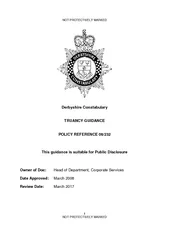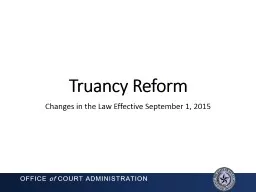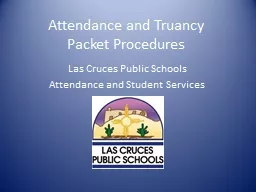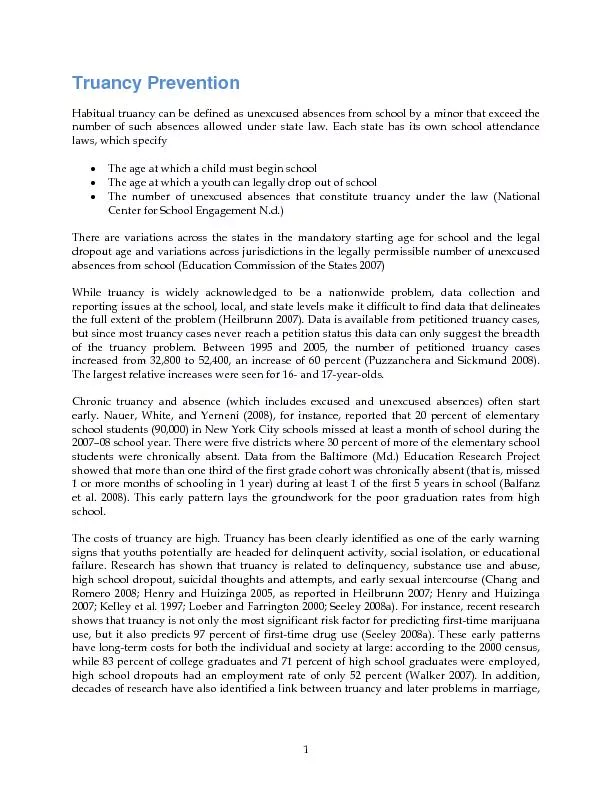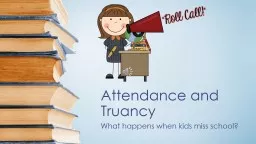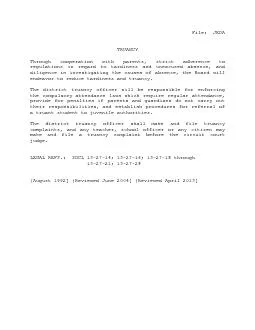PPT-The Cost of Truancy
Author : ellena-manuel | Published Date : 2017-01-21
It is not only in dollars We must all invest in our children and youth Ted Lovato Chief Juvenile Probation Officer 1920 5 th Street Santa Fe NM 5054762300 Truancy
Presentation Embed Code
Download Presentation
Download Presentation The PPT/PDF document "The Cost of Truancy" is the property of its rightful owner. Permission is granted to download and print the materials on this website for personal, non-commercial use only, and to display it on your personal computer provided you do not modify the materials and that you retain all copyright notices contained in the materials. By downloading content from our website, you accept the terms of this agreement.
The Cost of Truancy: Transcript
Download Rules Of Document
"The Cost of Truancy"The content belongs to its owner. You may download and print it for personal use, without modification, and keep all copyright notices. By downloading, you agree to these terms.
Related Documents


